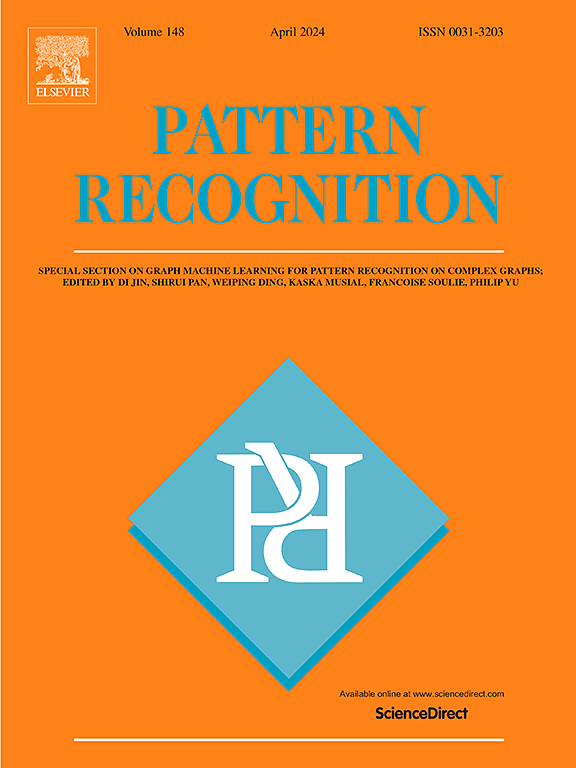Bimodal Masked Autoencoders with internal representation connections for electrocardiogram classification
IF 7.5
1区 计算机科学
Q1 COMPUTER SCIENCE, ARTIFICIAL INTELLIGENCE
引用次数: 0
Abstract
Time series self-supervised methods have been widely used, with electrocardiogram (ECG) classification tasks also reaping their benefits. One mainstream paradigm is masked data modeling, which leverages the visible part of data to reconstruct the masked part, aiding in acquiring useful representations for downstream tasks. However, traditional approach predominantly attends to time domain information and places excessive demands on the encoder for reconstruction, thereby hurting model’s discriminative ability. In this paper, we present Bimodal Masked autoencoders with Internal Representation Connections (BMIRC) for ECG classification. On the one hand, BMIRC integrates the frequency spectrum of ECG into the masked pre-training process, enhancing the model’s comprehensive understanding of the ECG. On the other hand, it establishes internal representation connections (IRC) from the encoder to the decoder, which offers the decoder various levels of information to aid in reconstruction, thereby allowing the encoder to focus on modeling discriminative representations. We conduct comprehensive experiments across three distinct ECG datasets to validate the effectiveness of BMIRC. Experimental results demonstrate that BMIRC surpasses the competitive baselines across the majority of scenarios, encompassing both intra-domain (pre-training and fine-tuning on the same dataset) and cross-domain (pre-training and fine-tuning on different datasets) settings. The code is publicly available at https://github.com/Envy-Clouds/BMIRC.
求助全文
约1分钟内获得全文
求助全文
来源期刊

Pattern Recognition
工程技术-工程:电子与电气
CiteScore
14.40
自引率
16.20%
发文量
683
审稿时长
5.6 months
期刊介绍:
The field of Pattern Recognition is both mature and rapidly evolving, playing a crucial role in various related fields such as computer vision, image processing, text analysis, and neural networks. It closely intersects with machine learning and is being applied in emerging areas like biometrics, bioinformatics, multimedia data analysis, and data science. The journal Pattern Recognition, established half a century ago during the early days of computer science, has since grown significantly in scope and influence.
 求助内容:
求助内容: 应助结果提醒方式:
应助结果提醒方式:


